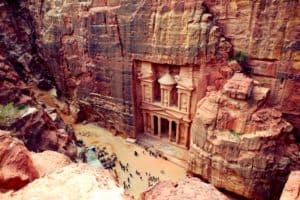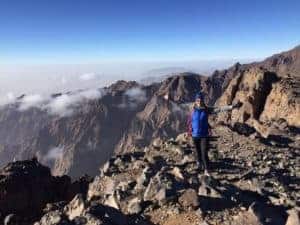There’s the 7 New Wonders of the World, which are man-made, and then there the 7 natural wonders, created by nature. These astonishing natural beauties span 7 continents and were compiled by experts, courtesy of CNN and the Seven Natural Wonders team, in 1997.
Here are the 7 Natural Wonders of the World and why you should see them.

The Northern Lights (Aurora Borealis)
The Aurora Borealis, commonly referred to as the Northern Lights, aren’t found in one particular location – but many. It’s one of the world’s most stunning phenomena creating dancing streaks of bright colours over a star-speckled night sky. These lights are created through powerful solar winds bouncing off the Earth’s atmosphere. They’re most commonly seen as green light, although if you’re lucky you’ll see an array of colours. The Northern Lights are best viewed in the Northern countries during winter although they can be seen at any point between September and March if conditions are right. For the best view of the Northern Lights head to Alaska, Iceland and northern Scandinavia.
Check out trips to Iceland here.
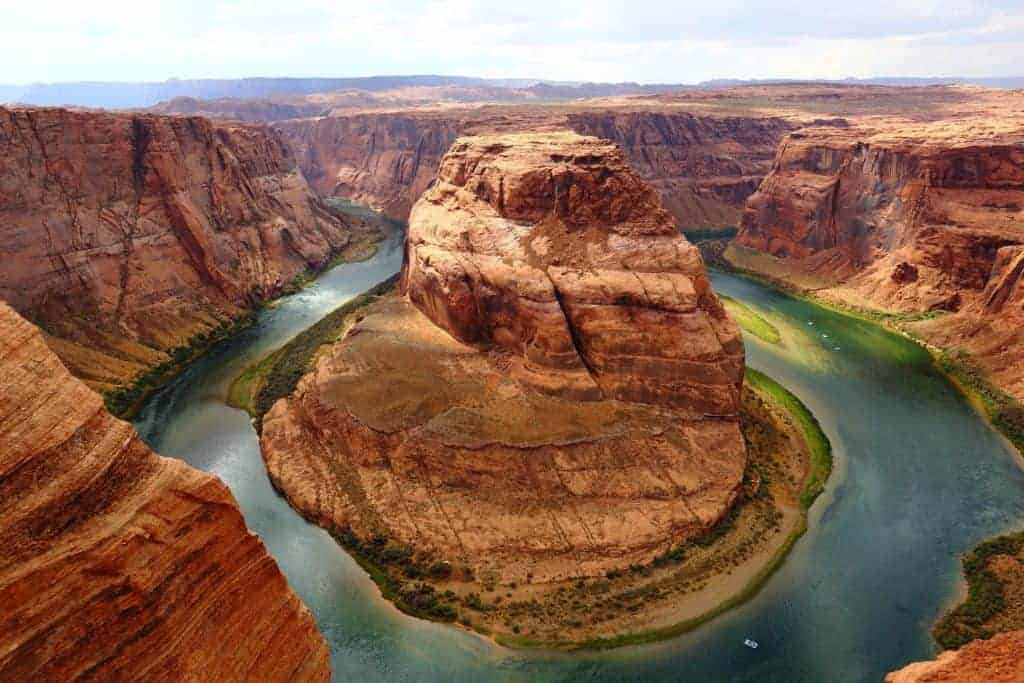
The Grand Canyon, Arizona, USA
One of the United States’ most stunning natural landmarks, The Grand Canyon invites road trippers and travellers from around the world to stand in awe of its depth and size. The 277 miles long canyon was formed overtime from the unstoppable course of the Colorado River. It is not just the size but also the colour and rock formations that makes the Grand Canyon a true wonder wonder that everyone should see.
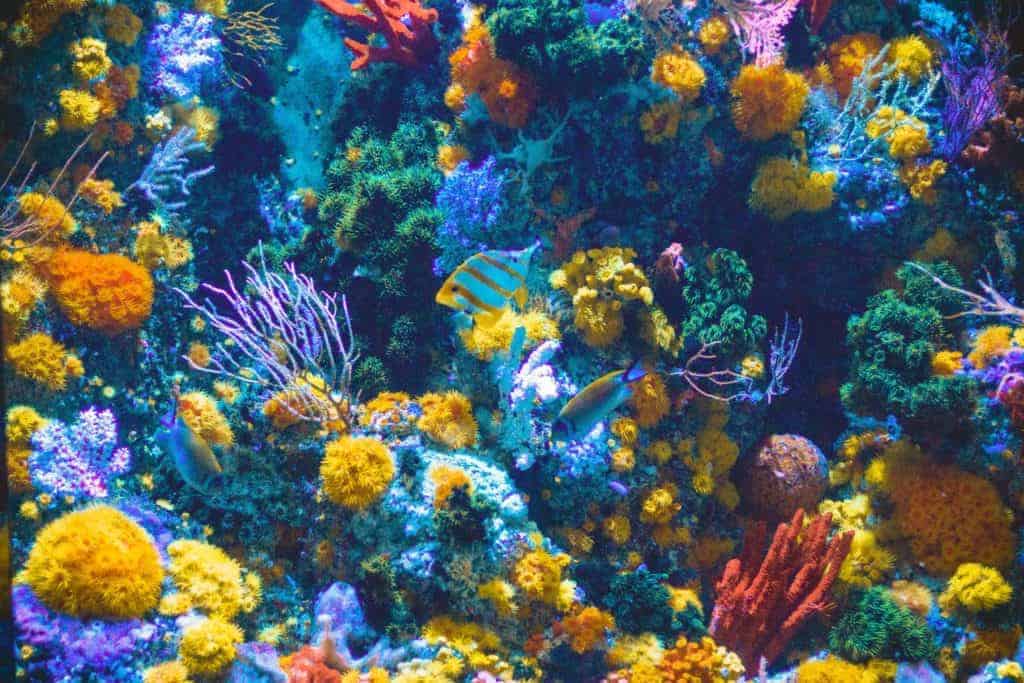
Great Barrier Reef, Queensland, Australia
The most iconic reef in the world is found off the east cost of Australia’s state of Queensland. The Great Barrier Reef is famous for its vivid colours, natural beauty, and biodiversity. It holds the record of having the world’s largest coral reef system with more than three thousand individual reefs and nine hundred islands. Easily accessible along the coast it’s the perfect place to see brightly coloured fish, nesting turtles and pure white beaches.
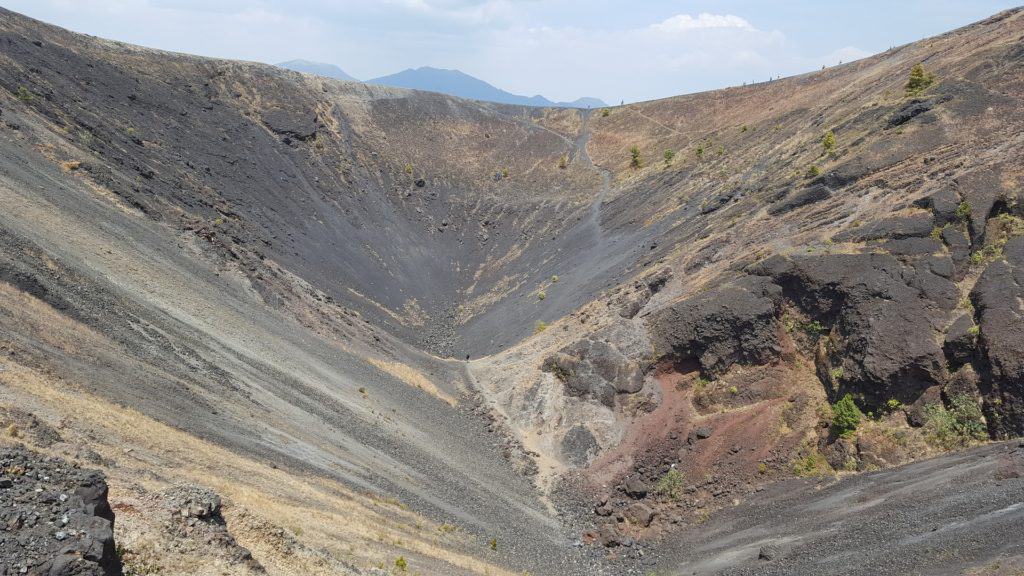
Parícutin, Michoacan, Mexico
Probably the least known natural wonder on the list is the impressive Parícutin. It’s an interesting spot, especially for those who are interested in geology and volcanoes. Formed in 1948 after a fissure opened in a farmer’s cornfield in Mexico, Parícutin is a nearly perfect cinder cone volcano . After the initial eruption, this natural wonder began to consistently erupt spreading nearly 200km worth of ash and molten lava. Now it’s open to visitors who love to come and climb the cinder cone volcano and witness the results of its impressive eruptions.
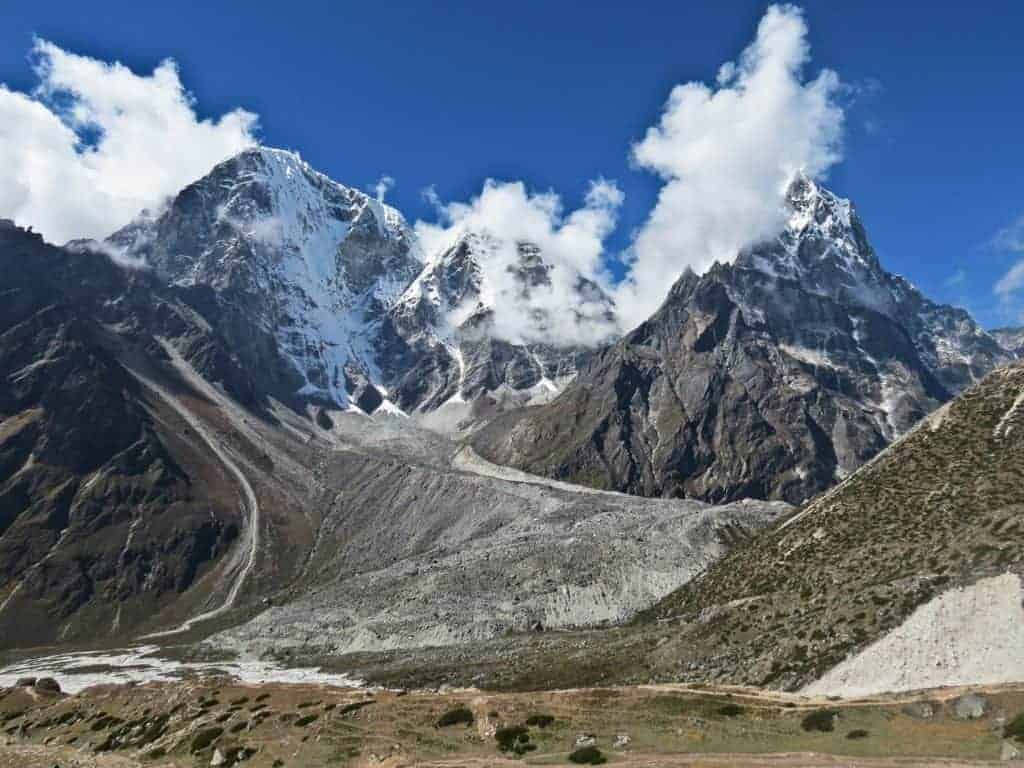
Mount Everest, Nepal and China
It’s no surprise that Mount Everest, the world’s highest mountain, makes the list of the 7 Wonders of the World. It’s the highest point in the world standing at 29,029 feet tall and is also known as one of the most difficult and deadly. Standing out even in a mountain range as spectacular as the Himalayas, Mount Everest is a once in a lifetime destination.

Rio Harbour, Rio de Janeiro, Brazil
The Rio Harbour, also known as Guanabara Bay, is a 19-mile stretch of land to the east of Rio de Janeiro in Brazil. It’s impressive as over 100 islands are located around the bay and it holds the record as having the largest bay by volume of water. Impressive views of the harbour can be enjoyed from one of the Wonders of the World, Christ the Redeemer. Rio de Janeiro is the only location to hold both a natural wonder and a wonder of the world.
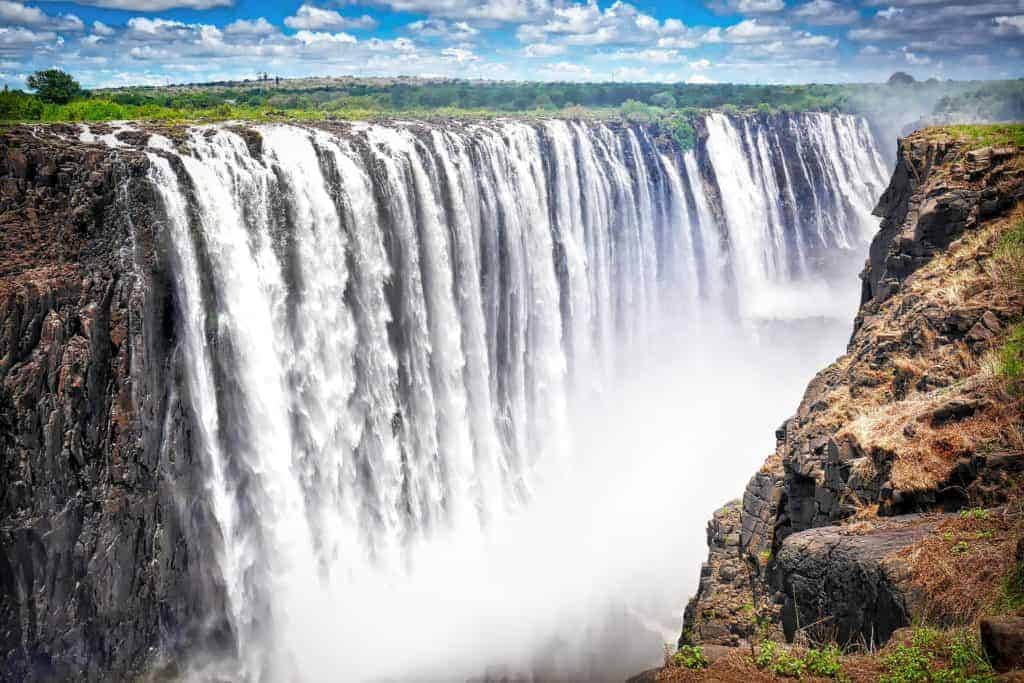
Victoria Falls, Zambia and Zimbabwe
Located in Africa between Zambia and Zimbabwe, Victoria Falls is considered the world’s largest waterfall due to its height and width. It’s also considered to be one of the most beautiful and has landed itself as one of the 7 Natural Wonders of the World. Thrill seekers and adventurists are known to journey to the edge of the falls to sit in what’s referred to as the Devil’s Pool.
